Centrifugal Casting:An Overview
1. What is Centrifugal Casting?
Centrifugal casting is a manufacturing process in which molten metal is poured into a rotating mold, causing the metal to distribute and solidify against the mold walls due to centrifugal force. This method is highly effective for producing cylindrical parts with high structural integrity and uniform properties.
1.1. How Does the Centrifugal Casting Process Work?
The centrifugal casting process involves several key steps:
Mold Preparation: A cylindrical mold is prepared and mounted on a spinning machine.
Molten Metal Pouring: Molten metal is poured into the rotating mold.
Centrifugal Force Application: The rotation forces the molten metal against the mold walls, ensuring even distribution.
Cooling and Solidification: The metal cools and solidifies, forming a dense and uniform structure.
Part Removal: The solidified casting is removed from the mold.
Finishing: Any necessary machining and surface treatments are applied to achieve the desired specifications.
1.2. What Types of Centrifugal Casting Are Available?
There are several types of centrifugal casting processes:
-
Horizontal Centrifugal Casting: Used for longer cylindrical parts, where the mold rotates horizontally.
-
Vertical Centrifugal Casting: Suitable for shorter and thicker parts, with the mold rotating vertically.
-
Centrifuge Casting: Small parts are cast using a spinning centrifuge to achieve high detail and quality.
1.3. What Materials Can Be Used in Centrifugal Casting?
Centrifugal casting can employ a variety of metals, including:
Steel and Stainless Steel: For high strength and corrosion-resistant parts.
Iron: For durable and wear-resistant components.
Aluminum Alloys: Lightweight and corrosion-resistant options.
Copper and Copper Alloys: Excellent thermal and electrical conductivity.
Nickel Alloys: High temperature and corrosion resistance.
1.4. What Are the Size Limitations in Centrifugal Casting?
Centrifugal casting can produce a wide range of part sizes, from small components to large industrial parts. Size limitations depend on the capabilities of the casting machine and the specific process used.
2. What is the Range of Surface Coatings for Centrifugal Cast Parts?
Centrifugal cast parts can be finished with various surface coatings to enhance performance and appearance:
Electroplating: For improved corrosion resistance and aesthetic appeal.
Anodizing: Especially for aluminum parts to enhance corrosion resistance and surface hardness.
Powder Coating: Provides a durable and decorative finish.
Painting: Adds color and additional protection.
3. What Are the Dimensions Accuracy and Roughness in Centrifugal Casting?
Centrifugal casting offers high dimensional accuracy and fine surface finishes:
Dimensional Accuracy: Typically within ±0.005 inches (±0.127 mm) per inch.
Surface Roughness: Achievable surface finishes range from 125 to 250 microinches Ra (3.2 to 6.3 µm).
4. What Are the Quality Measuring Methods for Centrifugal Cast Parts?
Ensuring the quality of centrifugal cast parts involves several inspection methods:
Dimensional Inspection: Using precision measuring tools and coordinate measuring machines (CMM).
Non-Destructive Testing (NDT): Techniques such as X-ray, ultrasonic testing, and dye penetrant inspection to detect internal and surface defects.
Material Testing: Chemical and mechanical testing to verify material properties.
Visual Inspection: Checking for surface defects and overall appearance.
5. What Are the Tool Costs for Centrifugal Casting?
Tooling costs for centrifugal casting can vary:
Mold Creation: The initial creation of the mold can be expensive due to the precision required.
Maintenance and Repair: Ongoing costs to maintain and repair the mold.
Overall Cost: While initial tooling is high, the cost per part decreases significantly with higher production volumes.
6. What Are the Benefits of Centrifugal Casting?
Centrifugal casting offers numerous advantages:
High Structural Integrity: The process produces dense and uniform parts with minimal defects.
Versatility: Capable of producing a wide range of sizes and shapes.
Material Efficiency: Minimal waste compared to other processes.
Cost-Effective: Economical for large production runs and producing high-quality parts.
6.1. What Are the Applications of Centrifugal Casting?
Centrifugal casting is used in various industries, including:
Automotive: Engine components, bushings, and bearings.
Aerospace: Turbine rings and aerospace structural parts.
Industrial: Pipes, cylinders, and rollers.
Marine: Propellers and other corrosion-resistant parts.
Power Generation: Turbine blades and casings.
6.2. What Should Be Considered When Choosing Centrifugal Casting?
Considerations when choosing centrifugal casting include:
Part Complexity: Ideal for symmetrical and cylindrical designs.
Material Requirements: Ensure the material used meets the application’s demands.
Production Volume: Higher volumes can offset initial tooling costs.
Lead Time: The process involves multiple steps, which can affect lead time.
7. How Does Centrifugal Casting Compare with Other Processing Methods?
Centrifugal casting vs. other methods:
Investment Casting: Centrifugal casting offers better structural integrity for cylindrical parts, while investment casting can achieve finer details.
Sand Casting: Centrifugal casting provides superior mechanical properties and dimensional accuracy.
Die Casting: Centrifugal casting is suitable for large, heavy parts, while die casting is ideal for high-volume, intricate parts.
8. Why Choose Welleshaft for Your Centrifugal Casting Needs?
Choosing Welleshaft for centrifugal casting provides several benefits:
Expertise: Extensive experience and knowledge in precision centrifugal casting.
Quality Assurance: Rigorous quality control measures ensure high standards.
Customization: Ability to produce custom parts to meet specific requirements.
Advanced Technology: Utilization of modern techniques and equipment for superior results.
Customer Service: Dedicated support throughout the entire process, from design to delivery.
By understanding the intricacies and advantages of centrifugal casting, you can make informed decisions for your manufacturing needs, ensuring the best quality and performance for your products.

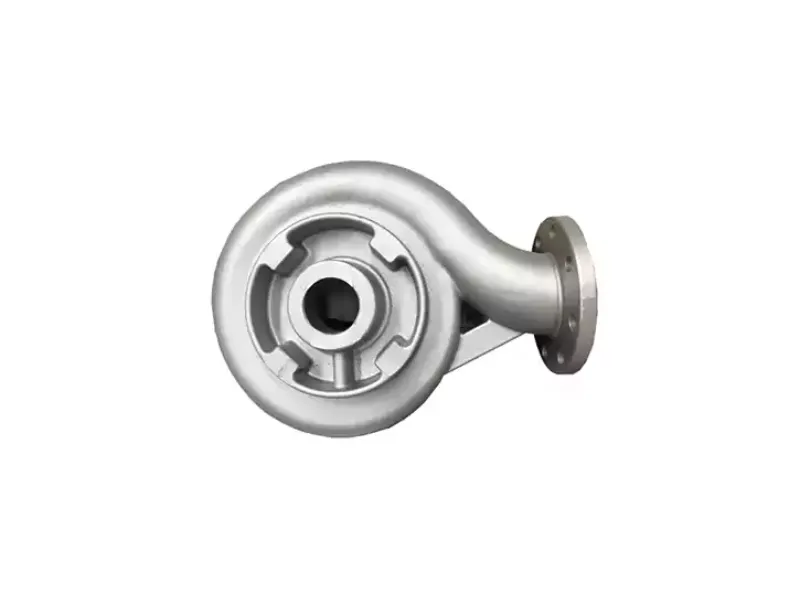
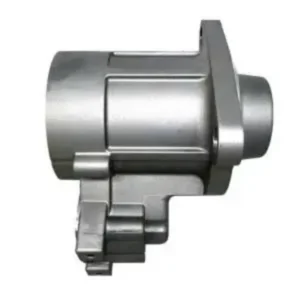
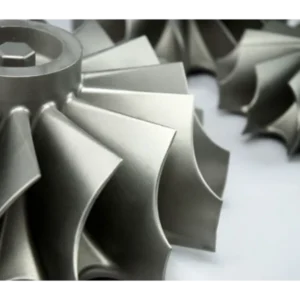
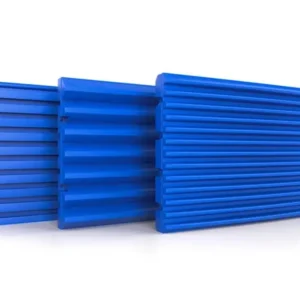
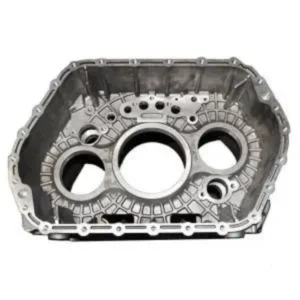
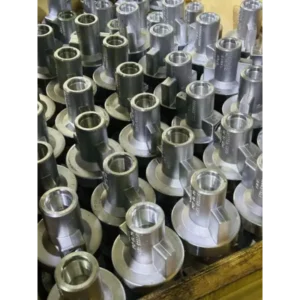
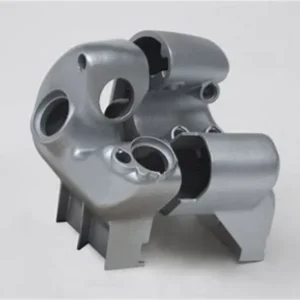
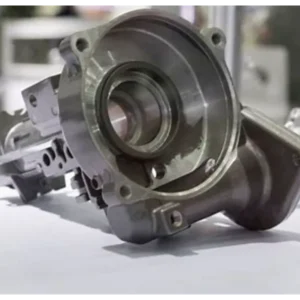
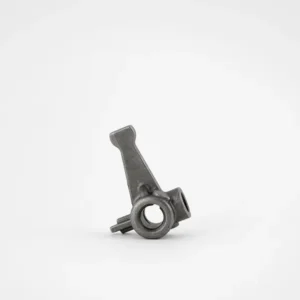
Reviews
There are no reviews yet.